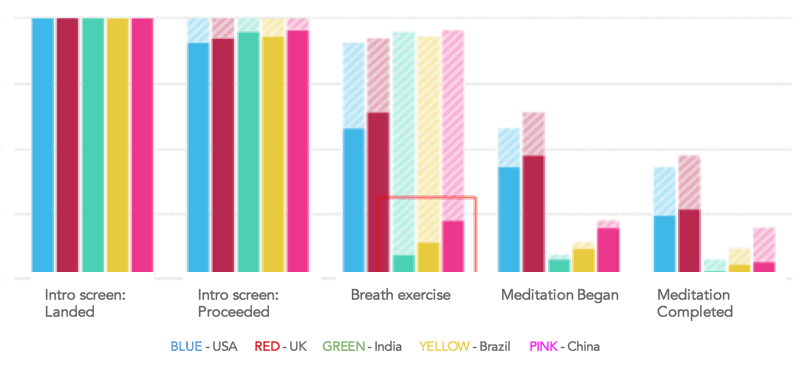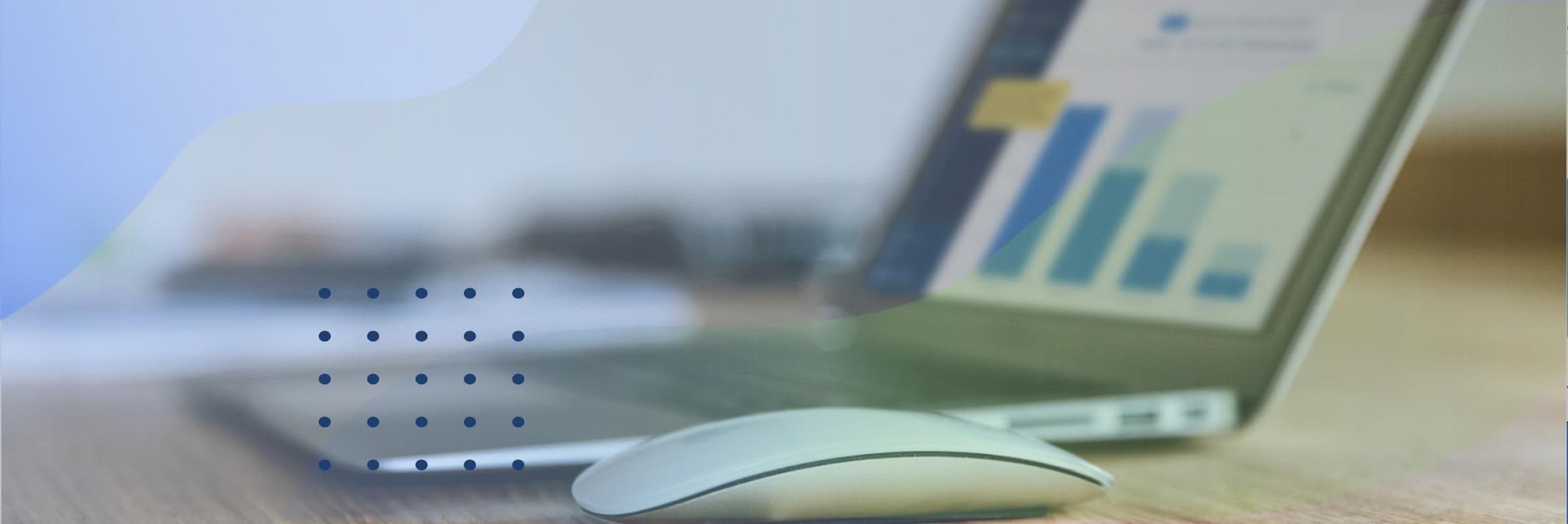Why Churn Analysis is the Key to Improving Customer Retention
Churn analysis helps you understand the problems that make your customers stop using your product. Fixing them supercharges your retention.
Acquisition is expensive. That’s why companies are focusing more and more of their efforts on customer retention to grow their businesses. By running a churn analysis, you can identify ways to fix issues that are causing your customers to leave. As a result, you improve customer retention.
What Is Churn Analysis?
Churn analysis is the process of evaluating your data to discover where in the customer journey people stop using your product, and why. Churn and retention have an inverse relationship: When churn goes down, retention goes up, and vice versa. But it’s not a 1:1 relationship. The point of churn analysis is to figure out how to fix the problems that cause people to leave, while retention analysis includes both reducing churn and finding ways to add value to keep your users.
The first step in churn analysis is calculating your churn rate. It’s a simple percentage formula: the number of customers (or revenue) lost over a period of time divided by the total number of customers (or revenue) at the beginning of the period. But knowing your overall churn rate is not enough—you need to know where and why they’re leaving in order to reduce churn. A proper churn analysis involves using analytical tools to zero in on your churn rate in different aspects of your product to give you clues about why the churn is happening.
Types of Churn Analysis
There are two types of churn: customer churn and revenue churn. Customer churn is a measure of when you lose customers. Revenue churn is a measure of when you lose revenue—but not necessarily customers. Both are essential to understand in order to improve retention and drive profits.
Analyzing customer churn is important for getting a picture of the overall health of your product and customer base because it shows you how people are behaving in your app. Knowing what experiences or friction points drive your users out of your product helps you effectively prioritize improvements. Reducing customer churn will improve your total retention rate as well as the customer experience for all your users. This is the most common way to think about churn because it gives you flexibility in finding strategies and tactics to reduce churn and boost retention.
Analyzing revenue churn recognizes that some of your customers are more valuable than others based on what they spend on your product. Focusing on revenue churn will lead you to retention strategies that prioritize your highest-paying customers. Reducing revenue churn will have a direct impact on your company’s bottom line and profitability. However, only focusing on revenue churn may cause you to miss some easy fixes in your product that affect all your customers equally. In addition, with this approach you may miss opportunities to turn churned customers into high spending users.
Why Churn Analysis Is the Key to Customer Retention
Churn analysis is the key to improving customer retention because it shows you important information about where your customers are abandoning your product. From there, you can start to figure out why they’re churning by making targeted improvements and doing more churn analysis to see if things improve.
Churn analysis shows you where in the customer journey users are leaving. Customers might drop out of the funnel shortly after they start using it, they might stick around for a while and slowly disengage, or they might quit when they encounter a specific roadblock. You won’t know how to address any of these issues until you run a churn analysis to discover which parts of the customer journey are the most affected by churn.
You need to break down the customer journey into different phases, and then break down each phase even further. The onboarding flow, in particular, is ripe for examination. Churn analysis in your onboarding flow reveals the problems causing your users to drop off before they reach an important milestone—or the first moments they start to realize your product’s value. Cutting extraneous steps and getting users to value quickly is one tested strategy for reducing churn during the onboarding process.
When you’re doing a churn analysis, remember to recognize that not all of your users will interact with your product in the same way. Different types of customers have different propensities to churn because they encounter different roadblocks or challenges when using your product. Running a churn analysis using cohorts will uncover issues specific to different types of users. Behavioral cohorting is a powerful way to identify causes of churn that would easily be missed if you only looked at your overall churn rate. For example, let’s say the churn rate in your music streaming app is 10% month over month. That’s not too bad, is it? But for users who don’t share a song in the first week they signed up, the churn rate is 80%. Now you can explore ways to get more users to share a song during their first week.
Correlating engagement metrics with churn can surface key indicators of retention. Look at which behaviors are associated with churn and try steering users away from them, or find behaviors that are positively associated with retention and promote them. Just remember that correlation does not equal causation. You’ll have to run more tests or try out different interventions to definitively tell whether an action is actually a signal of churn or retention.
Churn analysis can also reveal if you have product-market fit. Product-market fit is when your product is addressing a need that has demand in your market. If you can get people to sign up for your app or SaaS platform but can’t keep them around, odds are you’re not meeting their needs. The sooner you figure that out, the sooner you can make the changes you need to.
Churn Analysis in Action: A Case Study
Calm, the meditation app, used Amplitude to do a churn analysis of their onboarding flow. Their flow had five steps: an intro page, a proceed page, a breath exercise page, a meditation start page, and a meditation end page. With a churn analysis, they saw that the third step, the breath exercise, had the highest churn.

Knowing this alone is enough to start experimenting with how to reduce churn. Is the breath exercise necessary? Calm could try removing it and A/B testing churn rates with and without that step, or experiment with other changes to the breath exercise. In this case, they went deeper and looked at the onboarding flow using cohorts based on where the top five countries’ users are from: the United States, the United Kingdom, India, Brazil, and China. While US and UK users still experienced some drop-off at this stage, churn was much more dramatic for users from India, China, and Brazil. Could it be a translation problem?

Segmenting users by country in their churn analysis gave Calm more clues about what the problem with the breath exercise might be. Next, they experimented with solutions targeted at these specific users. They were also able to discover a key indicator of retention: setting up reminders. Using Amplitude’s tools, Calm tripled its retention rate. That’s the power of churn analysis.
Beyond Churn
Without churn analysis, your efforts to improve customer retention have a major hole in them. The next step in developing your churn analysis is to start identifying the predictors of churn so you can be proactive about users that have a propensity to churn. Then you can design campaigns to proactively intervene before your customers leave.
Learn more about retention and strategies to reduce churn by checking out The Amplitude Guide to Customer Retention.

Anastasia Fullerton
Former Senior Product Marketing Manager, Amplitude
Anastasia is passionate about sharing powerful stories and sour candy (if you live in SF check out her favorite spot, Giddy Candy, on Noe St). Since she got her degree in engineering from Stanford, she’s been digging through data to find strong stories. At Amplitude, she helped companies understand the impact of empowering their teams with analytics and building better customer experiences.
More from Anastasia




